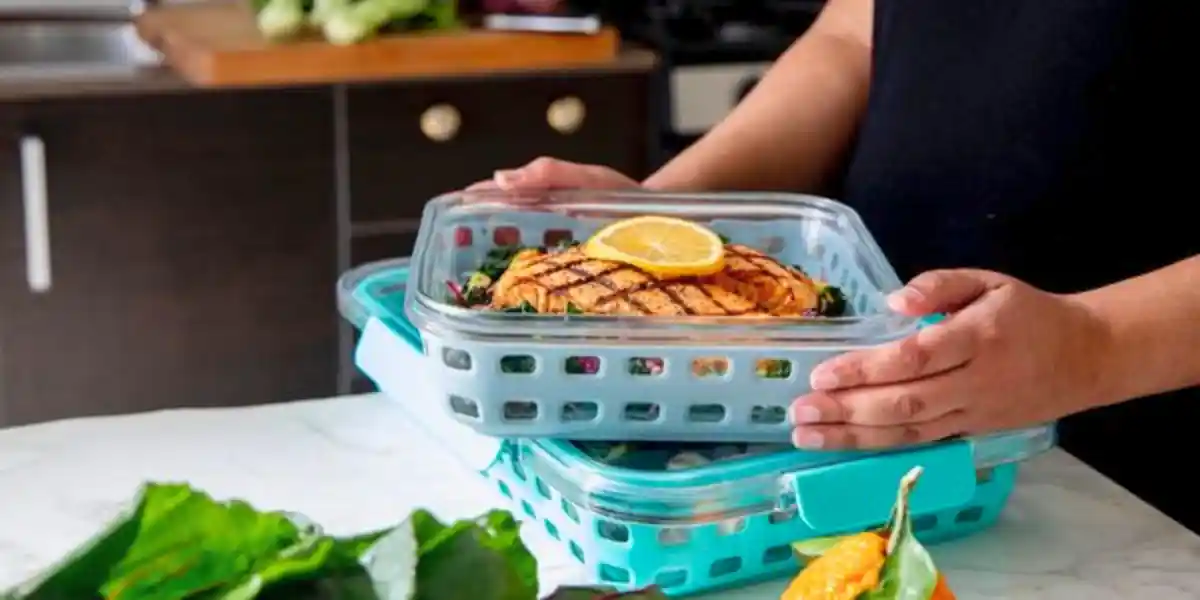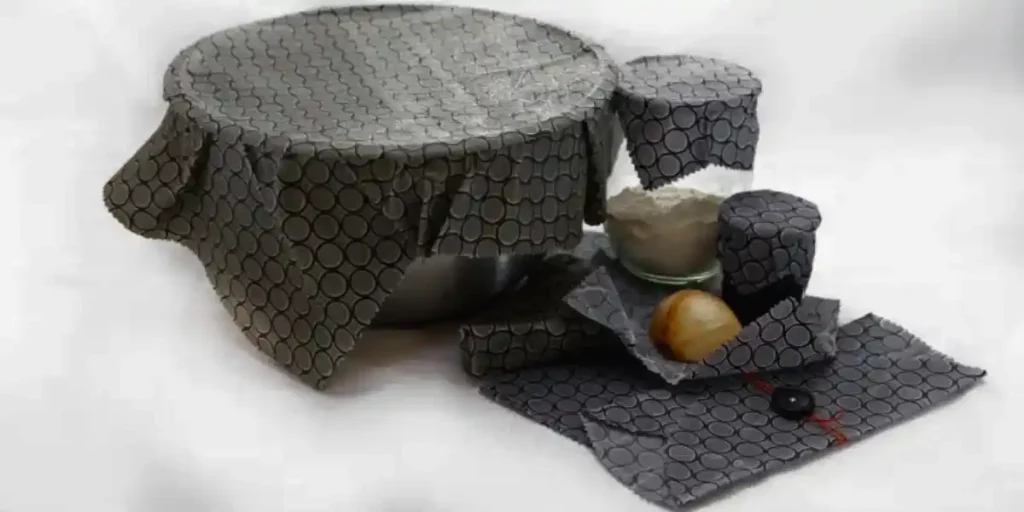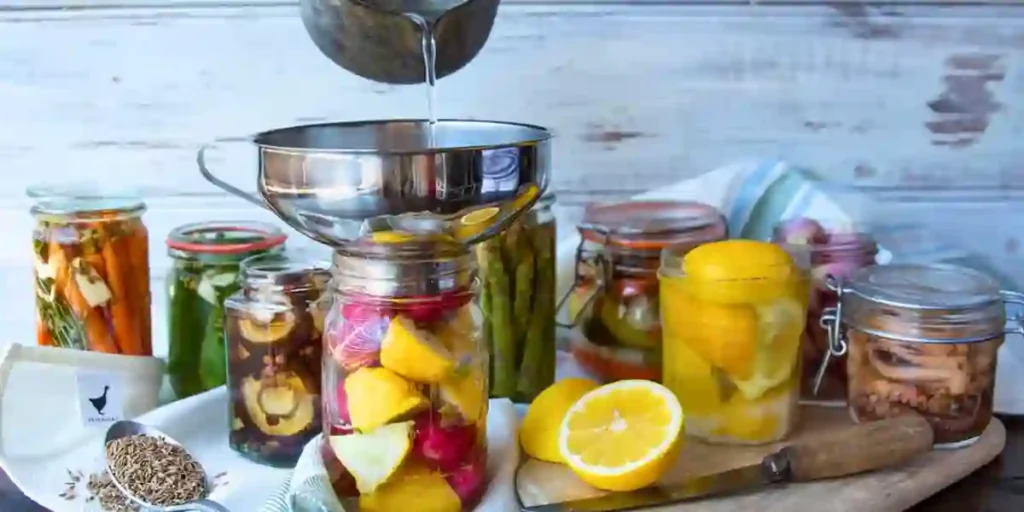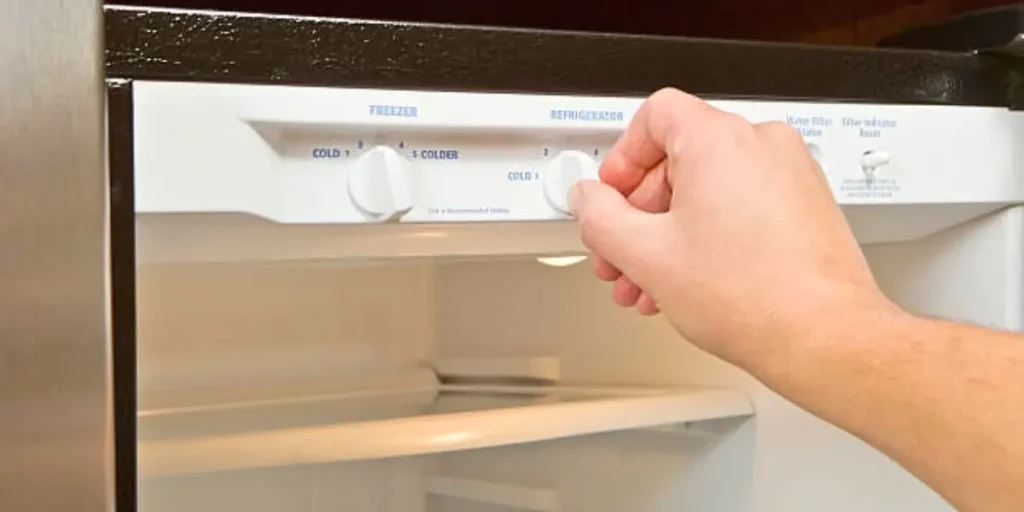
Curious about the times before refrigerators? Wonder no more! Discover how did they keep food cold before refrigerators.
From natural ice storage to clever contraptions, this guide unveils the fascinating history of food preservation. Let’s dive in.
Is it Necessary to Change the Filter in Older Refrigeration Methods?
When it comes to older refrigeration methods, refrigerator filter replacement tips become vital. Regularly changing the filter ensures efficient functioning and prevents clogging. By replacing the filter, you remove dirt, debris, and contaminants, improving air quality and extending the lifespan of your refrigerator. Don’t neglect this simple maintenance task for optimal performance.
How Did They Keep Food Cold Before Refrigerators?
Before modern refrigeration, our resourceful ancestors developed a range of ingenious methods to preserve perishables. These solutions are born out of necessity.
It offers a glimpse into the inventive ways people kept food fresh. So explore some traditional ways of keeping food cold without refrigerators.
Utilize Winter Power
Icehouses were constructed in colder climates. It utilizes the freezing temperatures of winter. Large chunks of ice harvested from frozen lakes were insulated with sawdust and straw.
It provides a natural cooling agent that preserved food for months. The cool environment extended beyond the storage area. It also chills the surroundings as well.
Root Cellars
Root cellars were built underground, capitalizing on the earth’s natural temperature regulation. The earth’s insulating properties and consistent coolness created an ideal environment.
It helps for storing a variety of goods, from vegetables and fruits to dairy products. These chambers minimize temperature fluctuations and keep food fresh for extended periods.
Spring Houses
Spring houses were made by nearby natural springs. Constructed above these sources of cold water. They allowed water to flow through the building.
This constant water circulation acted as a cooling mechanism. It prevents spoilage by maintaining a consistently low temperature.
This method was particularly effective for dairy products. It helps them stay safe from rapid deterioration.
Evaporative Cooling

The brilliance of evaporative cooling lay in its simplicity. By dampening cloths and wrapping them around food, the water would evaporate.
It absorbs heat and effectively lowers the temperature of the contents. This technique was often used to cool items like fruits, vegetables, and even beverages.
Cooling Cabinets
Cooling cabinets combined science and innovation to combat heat. These cabinets featured compartments for storing food. Also, a separate reservoir for water.
It is through evaporation, facilitated a decrease in overall temperature. This method proved beneficial for extending the shelf life of various foods. Particularly those sensitive to heat.
Use Iceboxes
Before the advent of refrigerators, the icebox reigned supreme. It consisted of an insulated compartment. That is designed to hold a sizeable block of ice.
As the ice melted over time, it released cold air. That maintains a chilly environment for food storage.
This approach revolutionized food preservation, as ice deliveries became a regular routine.
Zeer Pots
In certain regions of Africa, zeer pots emerged as a life-saving technique. Two clay pots were placed within each other. It created an interspace that was filled with sand and water.
Through the process of evaporation, these pots provided a cooling effect. That effectively extends the freshness of vegetables, fruits, and dairy products.
Snow and Ice Storage
In snowy regions, utilizing nature’s bounty was crucial. People stored food items in caves, pits, or holes dug into the ground and lined with snow or ice.
This natural insulation maintained the required cold temperature for an extended period. It enables them to store various types of perishables.
Windcatchers
In some cultures, windcatchers were employed to direct cool air into buildings. These architectural features harnessed prevailing winds.
This technique channels air through underground tunnels and into storage areas. This ingenious approach kept foods like vegetables, and dairy products at a consistently low temperature.
Salt and Water

In certain regions, a mixture of salt and water formed a unique solution for food preservation. Food items were submerged in this blend.
It benefits from the combination of low temperature and natural insulation. This method helped extend the freshness of items like fruits, vegetables, and dairy products.
Apply Underground Streams
Communities located near underground streams tapped into this resource for cooling purposes. By placing food items in specially designed containers immersed in these streams.
They harnessed the consistently low temperature of the water to keep their food fresh. This method was particularly useful for dairy products and other perishables.
Dry Food Preservation
Drying or “dehydrating” food is a tried-and-true preservation method. By removing moisture, bacteria, yeast, and molds are unable to thrive. It ensures the longevity of the food.
People were sun dry foods for preservation. Using this method you can store the vegetables like spinach, methi leaves, cauliflower, etc.
Pickling
Pickling, also known as brining. It involves preserving food in an acid solution, typically vinegar or salt brine.
The acid is often produced through fermentation. It prevents spoilage and enhances the flavor.
The resulting pickles are a delightful addition to the culinary world. It is ideal for vegetables but you can also store meat, fish, or egg.
These creative methods highlight the ingenuity of our ancestors. They found innovative ways to keep food cold before the advent of refrigerators.
Each approach addressed specific challenges. It showcases the breadth of human knowledge in adapting to the environment.
Exploring the Safety of Traditional Food Storage
You must be curious about the safety of traditional methods of food storage. So Let’s know some amazing facts about ancestors’ food storage.
The Science Behind Preservation
In traditional preservation, dehydration is a star player. As moisture content decreases, bacteria and mold find themselves in an unwelcome desert. Salt acts as a natural preservative.
It does more than just add flavor. It inhibits microbial growth by drawing out water. Fermentation is a process that has graced kitchens for centuries.
Not only bestows tangy flavors but also creates an environment hostile to harmful microorganisms.
The Balancing Act
Traditional methods aren’t without their intricacies. The art of preservation teeters on a delicate balance of time, temperature, and technique.
A simple misstep can turn a jar of pickles into a science experiment. Unlike the refrigerator, which offers a consistent, controlled environment. These methods depend on your vigilance and skill.
Decoding the Refrigerator

Enter the modern-day savior: the refrigerator. Its chilly embrace halts bacterial growth and keeps your food fresher for longer.
Controlled temperatures below 40°F (4°C) are the ultimate microbe deterrent. Yet, it’s not without its downsides.
The refrigerator’s confined spaces can lead to cross-contamination. The inevitable power outage can turn your trove into a ticking time bomb.
Risks Factors
Traditional methods have held up through generations. But they may not be foolproof. Bacteria like Clostridium botulinum, known for causing botulism, can be hardy survivors.
The cold, sterile environment of a refrigerator, on the other hand, is not their jam. So, if safety is your top priority, the cold shoulder of the fridge may be the way to go.
Weighing the Pros and Cons
In a world where taste and tradition collide with the sterile allure of modernity. You need to consider a lot. Traditional methods celebrate heritage and flavors.
But the fridge reigns as a stalwart guardian against microbial miscreants. Each has its merits and pitfalls.
So you can make an informed decision based on your culinary and health priorities.
So, you can definitely choose to bask in the nostalgia of preserving technique. It marries history and innovation. The final decision rests in your hands.
FAQs
Can food really stay cold without a fridge?
Yes, with careful planning and the right methods, it’s possible to maintain food freshness without refrigeration.
Did people use electricity for cooling before refrigerators?
While electricity existed, it wasn’t widespread. Most cooling techniques were manual and resourceful.
How long could food be stored using these methods?
Depending on the method and environment, food could last anywhere from a few days to several months.
Was food safety a concern in the past?
Absolutely. People were aware of foodborne illnesses. Even many of these techniques were developed to mitigate such risks.
Did these methods work in all climates?
Some methods were better suited to certain climates. For example, ice storage was more practical in colder regions, while evaporative cooling was effective in arid areas.
Conclusion
Knowing How Did They Keep Food Cold Before Refrigerators never fail to amaze us. The resourcefulness of our predecessors is impressive and creative.
From icehouses to cooling cabinets, their solutions to the age-old problem of food spoilage were practical.
By looking back at these methods, we gain a deeper appreciation for the convenience of modern refrigeration.
